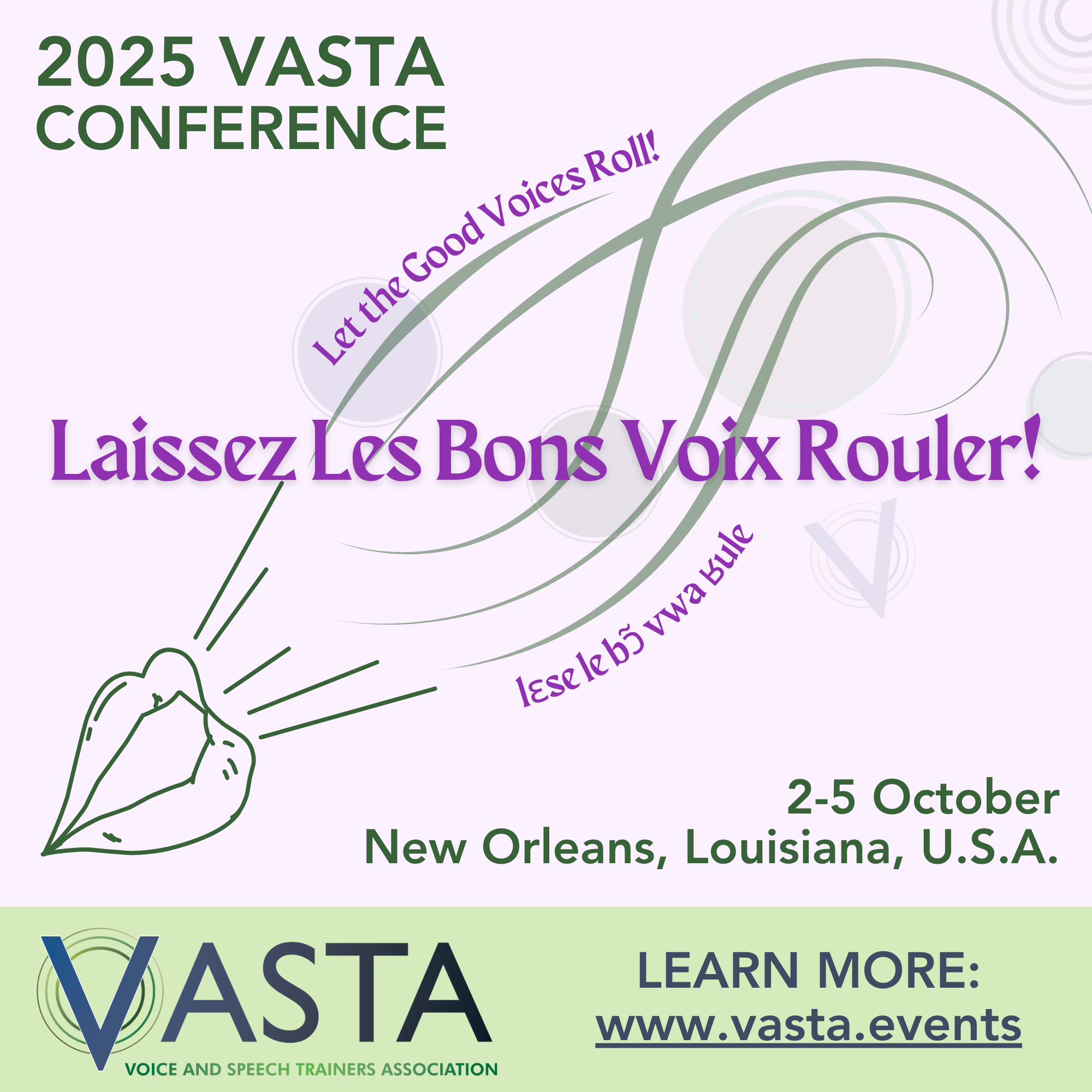Ireland 4
Listen to Ireland 4, a woman in her 50s from Bantry, County Cork, Ireland, and also Texas, in the United States. Click or tap the triangle-shaped play button to hear the subject.
Both as a courtesy and to comply with copyright law, please remember to credit IDEA for direct or indirect use of samples. IDEA is a free resource; please consider supporting us.
BIOGRAPHICAL INFORMATION
AGE: 50s
DATE OF BIRTH (DD/MM/YYYY): 1945
PLACE OF BIRTH: Bantry, County Cork, Ireland
GENDER: female
ETHNICITY: Irish/Caucasian
OCCUPATION: religious nun
EDUCATION: N/A
AREA(S) OF RESIDENCE OUTSIDE REPRESENTATIVE REGION FOR LONGER THAN SIX MONTHS:
The subject emigrated to Houston, Texas, as an 18-year-old woman.
OTHER INFLUENCES ON SPEECH:
After many years in the United States, and at the request of the nuns in the convent, the subject’s Irish dialect is now quite faint, though she still retains a few key sounds. Her “th” sounds are still noticeably stops. (She speaks a few phrases of Gaelic at the end of the recording.)
The text used in our recordings of scripted speech can be found by clicking here.
RECORDED BY: Paul Meier
DATE OF RECORDING (DD/MM/YYYY): 2002
PHONETIC TRANSCRIPTION OF SCRIPTED SPEECH: N/A
TRANSCRIBED BY: N/A
DATE OF TRANSCRIPTION (DD/MM/YYYY): N/A
ORTHOGRAPHIC TRANSCRIPTION OF UNSCRIPTED SPEECH:
I was born in, um, Bantry, County Cork, which is the closest town to Glenngarriff, and is where I grew up. It’s a very small village, one street village. And I lived my life in the village. And I lived with seven children, and, uh, stayed there till I was 18; then I emigrated to the United States. I came over actually in the convent, and went directly to Houston, Texas. And the nuns there wanted us to learn to speak more American – to drop some of our, our accents and sayings, and so we tried to do that. So that definitely has affected my accent. I had a much stronger accent when I came. It does come back on St. Patrick’s Day, or when I’m around a bunch of Irish people or when I’m talking to my family in Ireland. It all comes back. I had such a wonderful childhood. Almost every memory is beautiful. Uh, we lived in, um, an area that was surrounded by mountains, so from every side of the house, you could see mountains. And, we all played with the neighborhood children together, um, there was no television. We all got together and sang, we played Ten Whistles [unclear], we swam in the ocean, um, my earliest childhood memory is probably of my family just having … singalongs and … you know, just getting together and just having fun. And, Halloween was … playing Blind Man’s Buff, and uh, bobbing for apples, and all of those kind of things. And Christmas was wonderful. Christmas Eve, we and all the local children got together and went from house to house to sing Christmas carols, and at each house, they’d give us a large Christmas cake or pudding or [laughs] hot cocoa or that sort of thing, and uh, then we’d all go to midnight mass together. The entire community would be at the same mass. And we all sang in the choir and … it was just wonderful. And our Christmas stockings were regular stockings – minus the holes [laughs]. If you were to meet somebody, you’d say, uh, “Conas atá tú,” which means “How are you?” and you would answer by saying “Tá mé go maith go raibh maith agat, conas atá tú fein?”
TRANSCRIBED BY: Xander Pasqueretta
DATE OF TRANSCRIPTION (DD/MM/YYYY): 03/08/2008
PHONETIC TRANSCRIPTION OF UNSCRIPTED SPEECH: N/A
TRANSCRIBED BY: N/A
DATE OF TRANSCRIPTION (DD/MM/YYYY): N/A
SCHOLARLY COMMENTARY:
If you are a dialect researcher, or an actor using this sample to develop your skill in the accent, please see my instruction manual at www.paulmeier.com. As the speaker in this sample is a unique individual, it is highly unlikely that she will conform to my analysis in every detail. But you will find it interesting and instructive to notice which of my “signature sounds” and “additional features” (always suggested only as commonly heard features of the accent) are widely used by most speakers of the dialect and which are subject to variation from individual to individual.
COMMENTARY BY: Paul Meier
DATE OF COMMENTARY (DD/MM/YYYY): 22/10/2016
The archive provides:
- Recordings of accent/dialect speakers from the region you select.
- Text of the speakers’ biographical details.
- Scholarly commentary and analysis in some cases.
- In most cases, an orthographic transcription of the speakers’ unscripted speech. In a small number of cases, you will also find a narrow phonetic transcription of the sample (see Phonetic Transcriptions for a complete list). The recordings average four minutes in length and feature both the reading of one of two standard passages, and some unscripted speech. The two passages are Comma Gets a Cure (currently our standard passage) and The Rainbow Passage (used in our earliest recordings).
For instructional materials or coaching in the accents and dialects represented here, please go to Other Dialect Services.
 IDEA: International Dialects of English Archive
IDEA: International Dialects of English Archive



